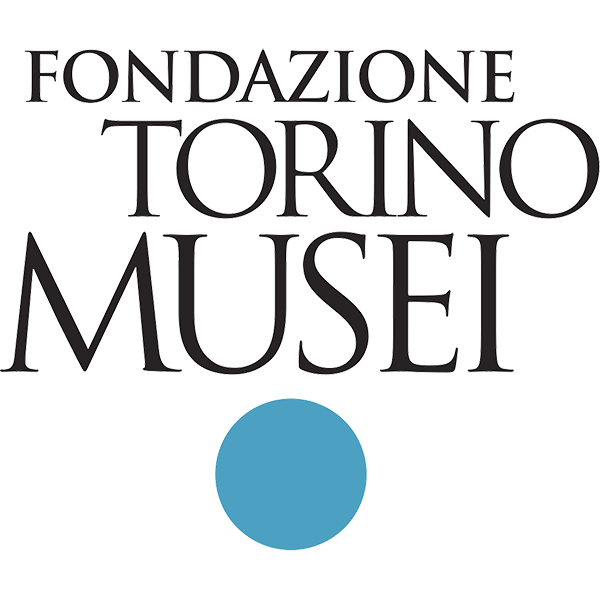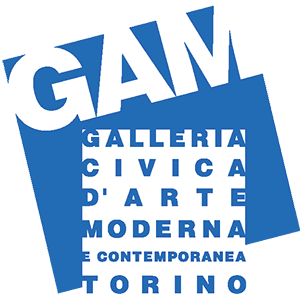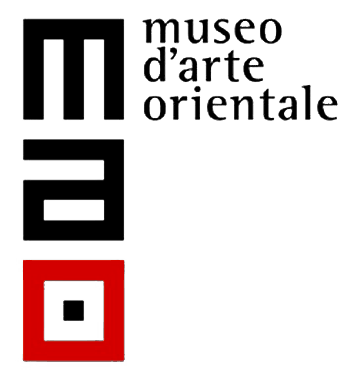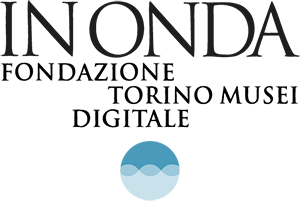Lustre and luxe from Islamic Spain
- Exhibition
- 1 February 2023 - 28 May 2023

Liquid Frontiers and Entangled Worlds
The MAO Museo di Arte Orientale 2023 programme is starting off with a new project devoted to Islamic art and the results produced by its influence over the centuries in Europe and the Mediterranean basin. A timely exhibition that takes an initial look at a world of immense complexity and beauty: starting from the museum’s permanent collection, Lustre and luxe from Islamic Spain. Liquid Frontiers and Entangled Worlds puts the accent on the cultural syncretism between the Islamic and European worlds, which finds its ideal synthesis in the Mediterranean area and offers visitors a new perspective on a centuries-long story of artistic and linguistic transformation and influence, and knowledge written in the weave of fabrics and on the gleaming surface of pottery.
Mare Nostrum, Mediterraneus, Mar Bianco, Hayam Hatikhon, Grande Verde: so many names for a place of contact, encounter, exchange, battles and dialogue between different peoples and cultures united by a profound proximity. The Mediterranean has always exerted a powerful draw that no population has been able to resist: for long centuries, goods, traditions, inventions and discoveries originated or passed through here. Because this is not just a sea and, most importantly, it is not just Europe: it was – and in some ways still is – a possibility with a changeable identity. That which originates on the shores of the Mediterranean influences by proximity and takes root by necessity, grafting itself onto what already exists and taking new identities and forms. This is what happened with the Arabic language, but most importantly the visual arts, in particular textile and pottery production: different portrayals and techniques for making textiles, carpets and pottery, kept like valuable secrets in the Middle East and North Africa, landed on the Iberian Peninsula together with the conquistadors, almost a ‘collateral effect’ of the centuries-long domination, creating an extraordinary hybrid local output.
The exhibition Lustre and luxe from Islamic Spain is filling the spaces of MAO’s Islamic Art Gallery with carefully selected works from public and private collections (the Instituto Valencia de Don Juan, Madrid, the Fondazione Bruschettini per l'Arte Islamica e Asiatica, Genoa, , Turin and the Galleria Moshe Tabibnia,Milan), placed in dialogue with those from the permanent collection of the Museo d’Arte Orientale.
Vivid carpets, colourful textiles and lustrous ceramicsof varied provenance dating from between the 10th and the 16th centuries that can transport visitors to little-explored territories, open new paths of knowledge and reflection and highlight the relationship between the Iberian Peninsula and Islamic worlds in the context of the Mediterranean.
Among the works on view, we would like to single out a fragment of a border of a carpet from the collection of the Instituto Valencia de Don Juan, Madrid, dated between the late 15th or early 16th century and representative of the group of ‘Mudéjar’ carpets with heraldic coats of arms, which must have been particularly splendid. In the band on the left with a blue ground, we find heavily stylised pseudo-Kufic elements that form squares containing a tree or a vase of flowers flanked by stylised birds in alternation with figures of animals, including a rampant lion, a bull and a hare. At the top, we see a depiction, the upper part of which is unfortunately cut off, of a ‘man’ with a dappled red body, covered in fur, holding a kind of shield in one hand and in the other, which we cannot see, probably a sword or a lance, like in other exemplars with the same scene. On the right, we instead find geometric, stylised floral motifs, also on a blue ground, arranged in a grid of lozenges outlined in red.
This extraordinary object will only be on view until 12 February.
From the Fondazione Bruschettini, we instead have two fragments of a wreath carpet, dating to the early 16th century, which together form a circular wreath typical of the group of Alcaraz carpets categorised as ‘Renaissance’ and called ‘coronas’ carpets in Spanish, with a graphic, linear design in three colours – the red of the ground, the green of the decoration and the yellow of the outlines – and a marble capital sculpted in relief from the Umayyad period (second half of the 10th century) attributable to Cordoba, capital of al-Andalus. This highly refined architectural element is embellished with deep, decisive and delicate decorations that reveal expert mastery of carving techniques. The acanthus leaves are an echo of the artistic and technical legacy of late antiquity in combination with the repertoire of artists and artisans of the caliphate. The design of the capital is illustrative of the transition of decorative styles that led to the abstract aesthetic that developed during the early period of the Muslim presence in Spain.
Lustre and luxe from Islamic Spain is curated by Filiz Çakır Phillip, a specialist in Islamic art, former curator at the Aga Khan Museum, Toronto, and a board member of the Association of Art Museum Curators & AAMC Foundation in New York.
The exhibition is the first fruit of a broader collaboration project with the Fondazione Bruschettini and other public and private collections, including Palazzo Madama and the Aron Collection, which shall culminate in October 2023 with the opening of a major exhibition structured like a trip through time from the Tang period (7th century CE) to the present day, an imagined itinerary from China to the Mediterranean, passing through Central Asia, through the lens of the relationships, exchanges and hybridisation that originated from this movement. The exhibition also hopes to lay the foundations for a consortium of Mediterranean museums to start off an exchange of means and knowledge aimed to facilitate the circulation of works and projects.
Like MAO’s other exhibition projects, Lustre and Luxury from Islamic Spain is a project-in-progress that will evolve over the course of the exhibition and will be enriched with study sessions, talks, performances, rituals and musical events.
The exhibition will be accompanied by a booklet with contribution among others by Cristina Maritano, conservator at Palazzo Madama, and Alberto Boralevi, Florence – available free of charge in the exhibition – and Italian Sign Language videos produced in collaboration with the Istituto dei Sordi, to ensure the complete accessibility of the project.
Lustre and luxe from Islamic Spain was born from an idea of the Fondazione Bruschettini shared with the MAO and was made possible thanks to the contribution of Maria Paola Ruffino, curator of Palazzo Madama.
Admission to the exhibition is included in the ticket for the permanent collection.
Booklet Luster and luxe from Islamic Spain
(pdf - 4.75 MB)
